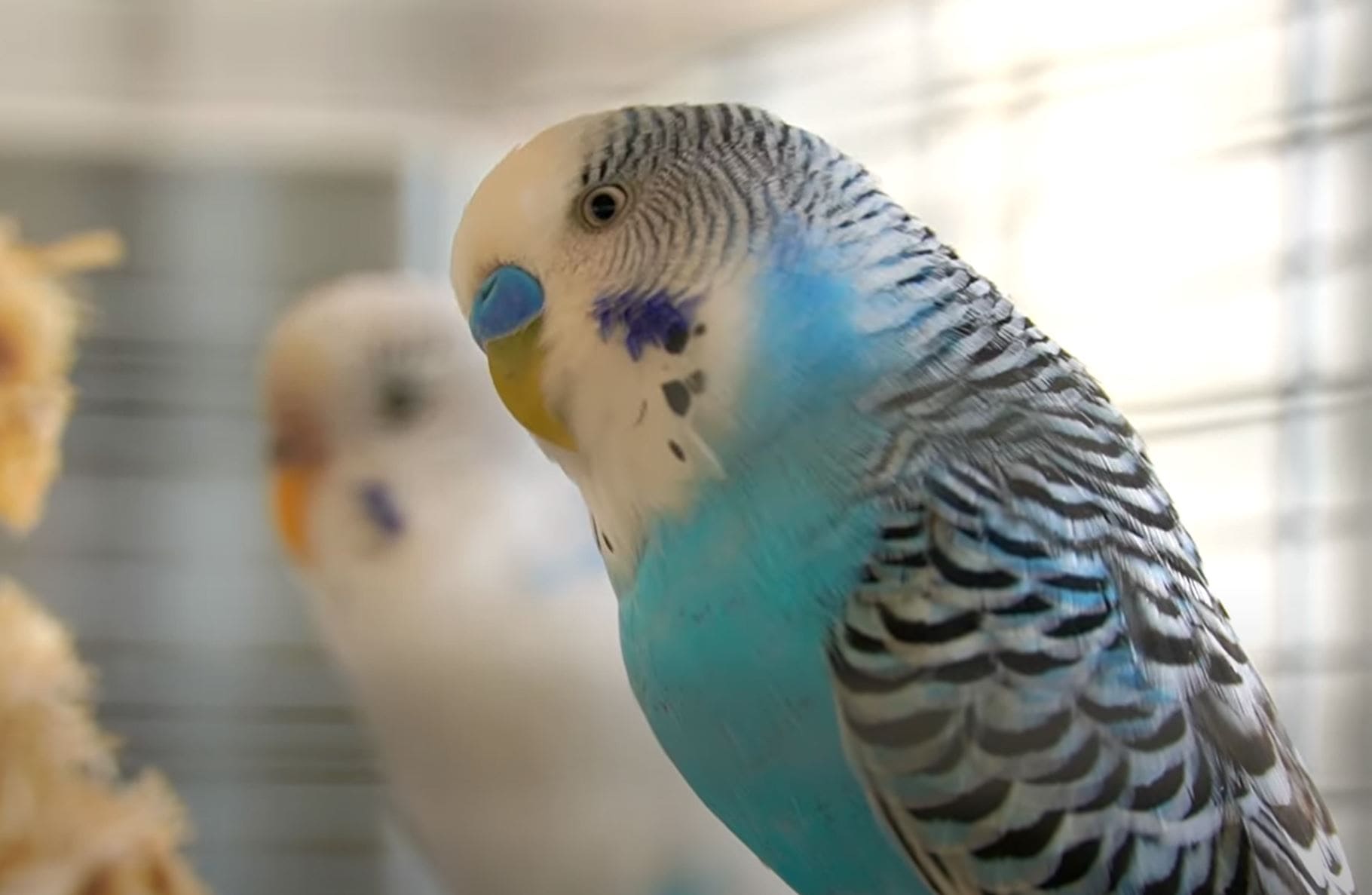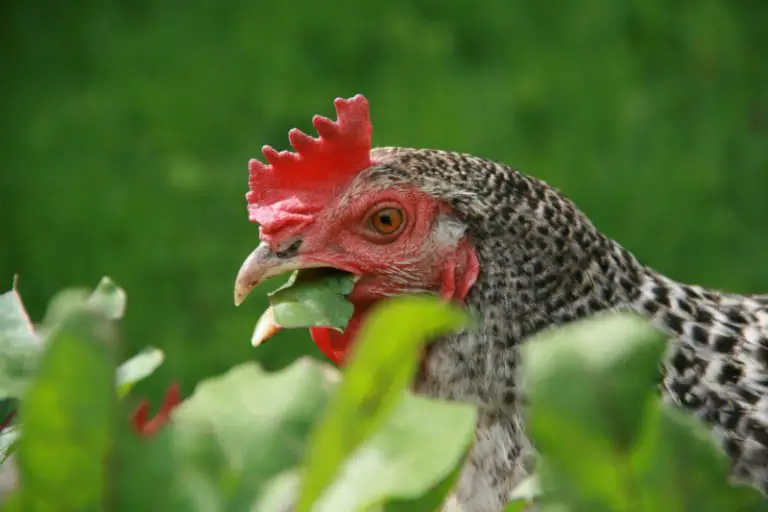How Do You Know That Budgies Get Along?

When budgies like each other, they show it. However, it is not always so obvious for humans to fully understand the body language of birds.
But don’t worry, after reading this post you will be well informed and also know the subtle signs of affection between your budgies and how you can encourage them even more.
Signs Budgies don’t get along
Before showing how to detect affection among budgies, let’s first look at the opposite. This will make it easier to differentiate between budgie behavior to identify the need for action.
Typical signs of a strong aversion between two or more budgies are, for example
- biting, nipping, pinching
- tail pulling
- one-sided or mutual pursuit
- Disputes over resources, such as food, kibble, water, and toys
- Birds scream, flee, and are obviously stressed.
Not only can this behavior be psychologically stressful, but it can also cause health problems. In addition to an increased susceptibility to disease due to constant stress, animals can become mildly to severely injured.
Due to the plumage, these injuries are not always immediately noticeable and can become infected.
When free-flying, budgies can panic and fly into windows or walls, injuring themselves. Therefore, due to the numerous dangers, you must act quickly and separate the animals if necessary.
Signs of affection among budgies
When two or more budgies like each other, it is beautiful to watch. Here are the points to watch out for:
- Food is eaten together
- they feed each other
- they fly together
- playing with each other
- cleaning each other
- cuddle together
- sleep side by side
- beak kisses
- chirping and singing to each other
Therefore, there is no aggression and you can observe that the animals feel comfortable and relaxed with themselves and with each other.
There are no quarrels or fights, not even over food or special treats. On the contrary, budgerigars usually eat together or sit side by side from the same bowl.
How to know if the budgies feel comfortable?
For budgies to get along well with each other, each individual must be well. This is an important requirement for the group to be relaxed.
Again, there are typical behaviors that are simply noticeable
slightly fluffy plumage
singing
the interested inclination of the head
playing
hanging upside down on branches
Birds participate in their environment and are lively and playful. But how do you get them all to feel comfortable and get along?
10 tips for the well-being and good tolerance of budgerigars
Here we have described step by step how you can ensure the welfare and affection of your budgerigars in a practical way. In this way, you can easily put it into practice and avoid at least minor conflicts.
Tip 1: Provide sufficient space
Commercial indoor cages are often too small.
Even if you only want to keep two budgies, they can hardly stretch their wings properly: flying is out of the question. This means that the animals can barely avoid each other. After all, in the wild, they fly up to 100 kilometers without a break.
Taking two or three laps around the room from time to time is no substitute at all. Apart from the fact that free flight is not possible every day. Sometimes you get home late, sometimes something comes up or your attention is on something else.
For these cases, it is good that your animals can already get a lot of exercise in their housing.
An indoor aviary that can be placed on the balcony or in the garden in summer, for example, is better than a narrow cage. Models with wheels are particularly practical.
Tip 2: Offer to do some jobs
Busy budgies are happier and more content. Climbing opportunities, among other things, are well suited for this. For example, branches, ropes and ladders. They are wonderful exercises and work not only the mind but also the body.
In addition, bark, leaves, herbs, fruit, and vegetables or seeds can be attached in such a way that they stimulate climbing and at the same time serve as a reward.
A bird bath should be part of the basic equipment, especially in summer, as well as toys. Make sure, however, that there is enough space for flying.
Tip 3: Provide multiple sources of food and water
Disputes often revolve around resources such as food and water. So offer multiple sources. Nibble sticks and fresh food should also be placed in more than one location. This allows the budgies to spread out and eliminates a potential stress factor from the start.
Distribution makes sense precisely because there is still a reserve in case of contamination.
Tip 4: Think about a variety
Perches of different sizes, natural wood, with and without bark, twigs with leaves, different vegetables… diversify the configuration and diet. In nature, animals don’t sit on the same branch every day, and it shouldn’t be that way in a cage or aviary either.
By rearranging from time to time, your budgies will always have something to discover, which prevents boredom and frustration.
Tip 5: Regular free flight
Even if it is a large aviary, it cannot replace free flight in a secure room. Of course, ideally, this should be possible every day.
Free flight is part of species-appropriate budgie husbandry and also serves to exercise the brain and body. This makes the animals more relaxed and tolerant.
Tip 6: Gradually get used to others
You probably wouldn’t like to be separated from your familiar surroundings and taken to a completely new environment with strangers either.
Your budgies are no different.
Therefore, keep them in two separate cages and place them so that they can see each other. You can move the cages a little closer to each other every day.
If the animals show a mutual interest, a first attempt at free flight can already be made. It is not uncommon for the animals to explore each other’s cage or, in the best case, to settle down in it.
Tip 7: Avoid stress
Stress is a very negative influence on humans for several reasons. The psyche suffers, the mood deteriorates and the body is also affected.
Constantly stressed animals can develop aggression and obsessive-compulsive disorder. Incompatibility with conspecifics is then a further sign of ongoing stress.
Therefore, check the housing conditions. The following questions may help you:
- Is the cage or aviary in a quiet place?
- Are the birds constantly disturbed or frightened because the cat or dog tries to enter the cage or chase them?
- Is there enough food and water available?
- Do the animals have enough shelters where they can hide and rest?
- Are the budgies able to get enough exercise on a regular basis?
Tip 8: Observe behavior
Have your budgies been getting along smoothly and now one argument follows another?
You should urgently investigate these sudden changes in behavior.
Have there been any changes in the environment, is the care different, and are there any other behavioral problems?
There are examples of birds that prior to breeding adopt more defensive behavior.
Tip 9: Consider health
If there are no laying problems, health problems should be taken into account. These are not always immediately obvious. However, possible signs are
tiredness to the point of apathy
loss of appetite
Changes in weight despite the same diet
bald patches
itching
If you notice these changes or if your budgie is conspicuous in any other way, consult a veterinarian.
Tip 10: Separate if necessary
Unfortunately, there are individuals who, despite all their best efforts, simply do not get along and tolerate each other as much as possible, but do not like each other.
Tolerating each other without aggression or open fighting is usually not problematic. However, if the situation worsens, the animals must be separated. Although this is difficult, it is the only solution. Otherwise, serious injuries are to be expected.






